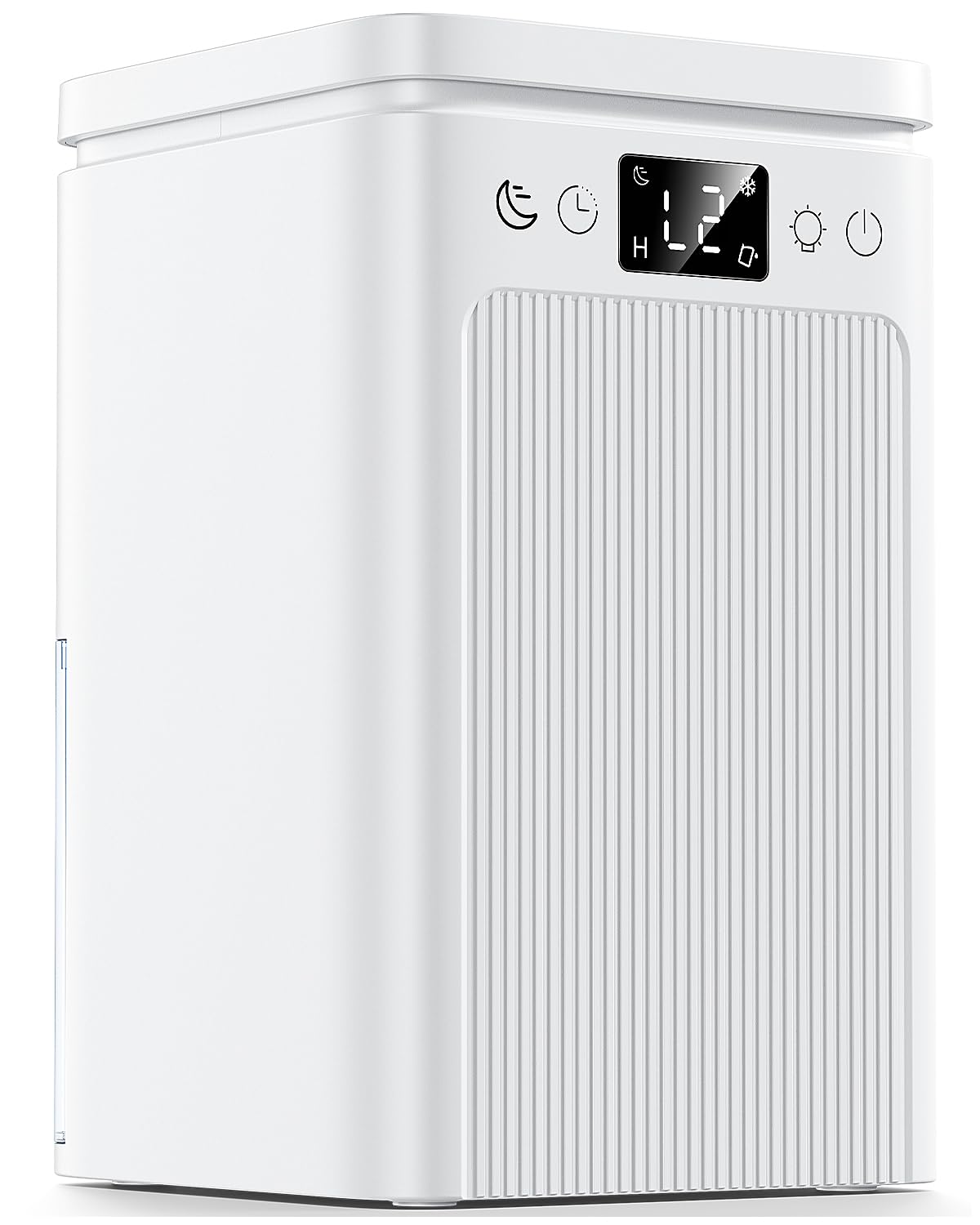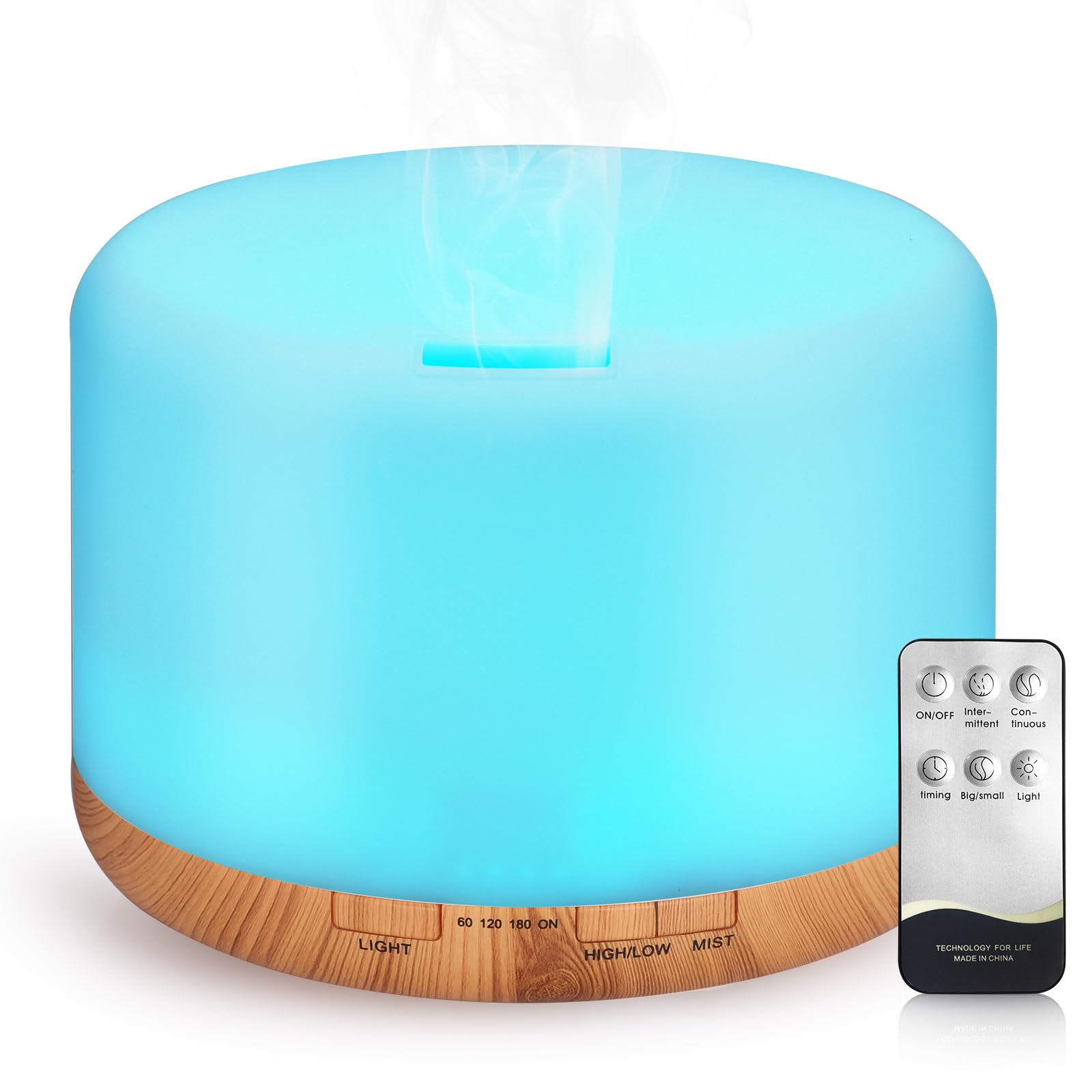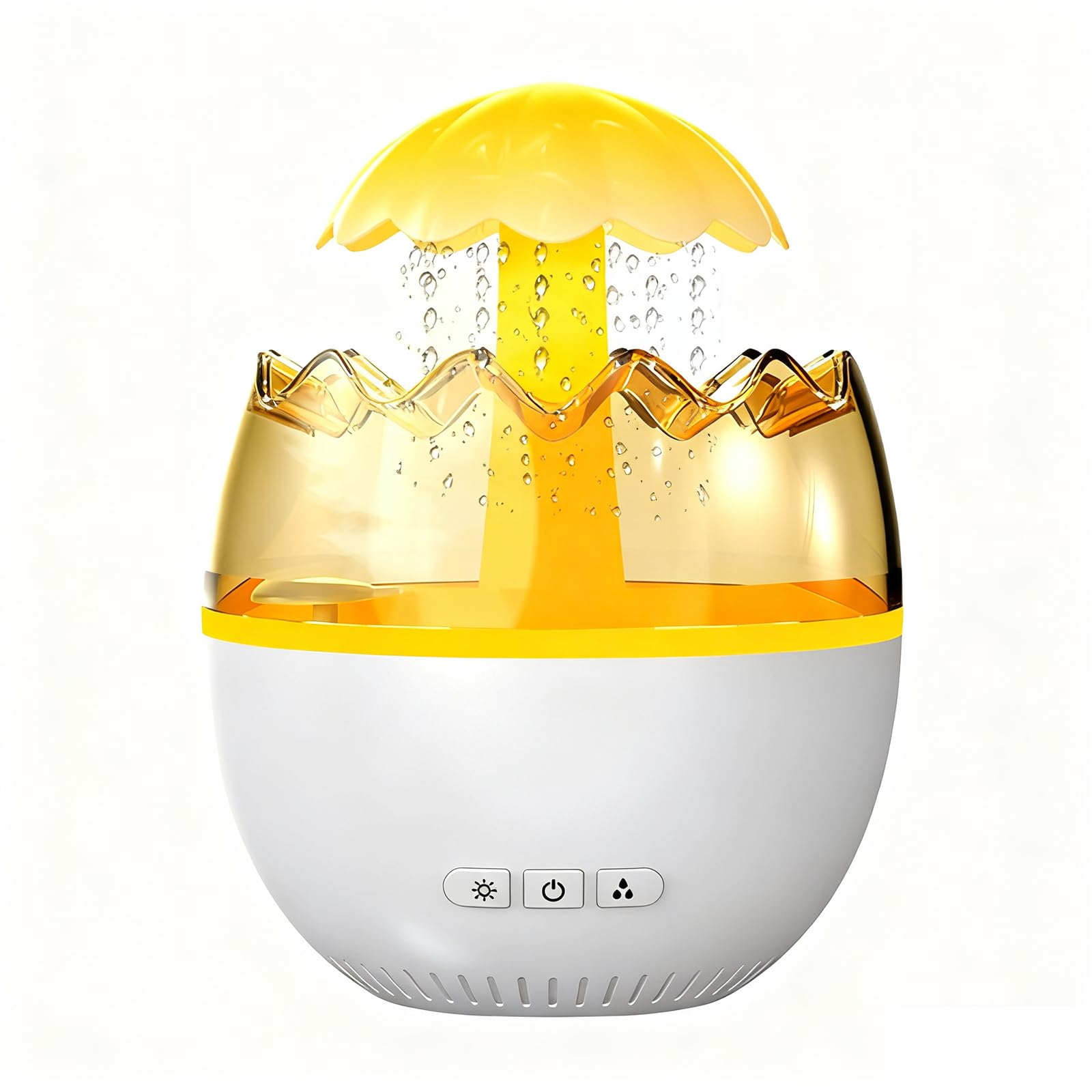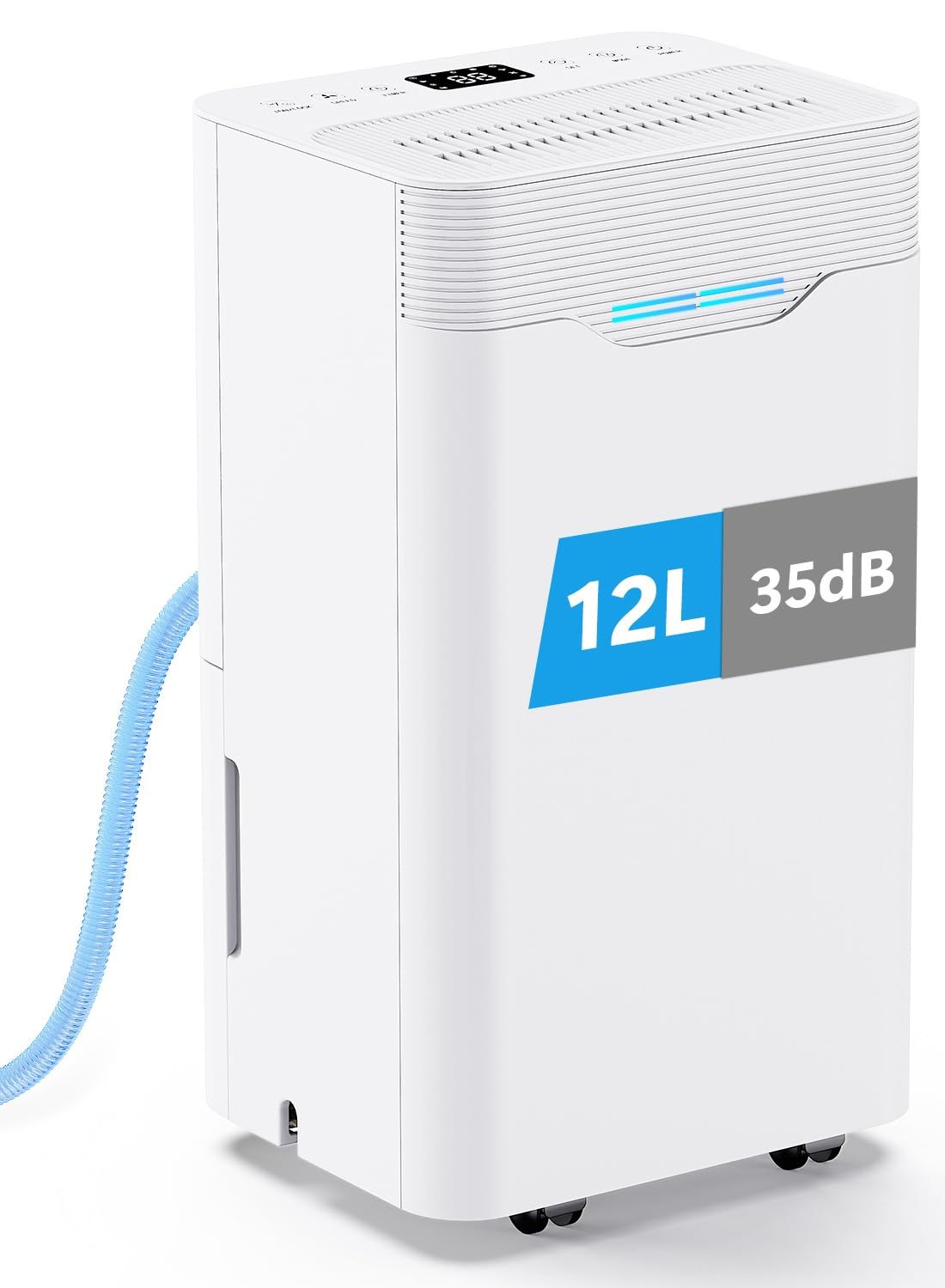Dry indoor air is a common winter problem in the UK, especially in centrally heated homes. When relative humidity falls too low, noses and throats feel dry, skin gets itchy, and some sleepers wake more often. The sweet spot for comfort sits around 40 to 60 percent relative humidity. This guide explains how to measure your bedroom humidity, how to reach a comfortable range with a humidifier, and how to avoid condensation while keeping the air fresh for better sleep.
Winter moisture is easier to manage with dehumidifiers sized for UK rooms.
Why 40 to 60 Percent Feels Better
Within this range, the air holds enough moisture to keep your airways and skin comfortable without encouraging mould. Below roughly 40 percent, many people experience dry throats on waking and static on bedding. Above 60 percent, rooms can feel stuffy and condensation appears on colder surfaces such as windows. Staying in the middle balances comfort and a healthy home.
Measure with a Hygrometer
A small digital hygrometer tells you the current relative humidity and temperature. Place it at bedside height away from direct drafts and vapour. Check readings in the evening and first thing in the morning. Winter heating often pushes humidity down at night. Make note of typical values for a week to understand your bedroom’s behaviour. With this baseline, you can set a humidifier appropriately and avoid guesswork.
Choose a Humidifier Type
Ultrasonic cool mist models are quiet and energy efficient, which suits bedrooms. In hard water areas they can produce white dust unless you use distilled water or a demineralisation cartridge. Evaporative models use a wick to add moisture and self regulate, which avoids white dust and reduces the risk of over humidifying. Warm mist models heat water to create steam and can feel soothing, but they draw more power and are less suitable around small children. Pick based on your water quality, noise tolerance and maintenance preferences.
Set and Place the Humidifier
Use a target of around 45 to 50 percent RH as a starting point. Place the unit on a stable, water resistant surface a metre or two from the bed and away from walls, curtains and electronics. Do not aim the mist directly at windows or walls where condensation could form. Use night mode to dim lights and slow the fan. Fill the tank with fresh water daily and run on low for steady results rather than blasting on high and switching off.
Clean Weekly and Manage Hard Water
Hygiene matters. Empty and dry the tank daily if you can. Once a week, clean the tank and water path with a mild vinegar solution and rinse thoroughly. Replace wicks and filters on schedule for evaporative units. In hard water areas, use distilled water or a cartridge to reduce mineral deposits and white dust. Cleanliness keeps the mist fresh and the machine efficient.
Balance Humidity with Ventilation
Fresh air remains important. Even with a humidifier, open a window briefly during the day to exchange stale air. In the evening, close it and run the humidifier to bring the bedroom back to a comfortable range before sleep. If you see persistent condensation, lower the humidifier setting a little or move the unit farther into the room so mist disperses before reaching cold surfaces.
Gentle heat and steady moisture control are easier with dehumidifiers suited to winter bedrooms; better air often combines with a sealed-filter air purifier.
FAQs
What humidity should I set at night? Around 45 to 50 percent suits most bedrooms. Adjust a little based on comfort and how your room responds.
Which type is best for a bedroom? Ultrasonic or evaporative models are quiet and efficient. In hard water areas, evaporative avoids white dust without cartridges.
Why is my bedroom so dry in winter? Cold outdoor air holds less moisture. When heated indoors it becomes very dry. A small humidifier restores balance while keeping air comfortable for sleep.





